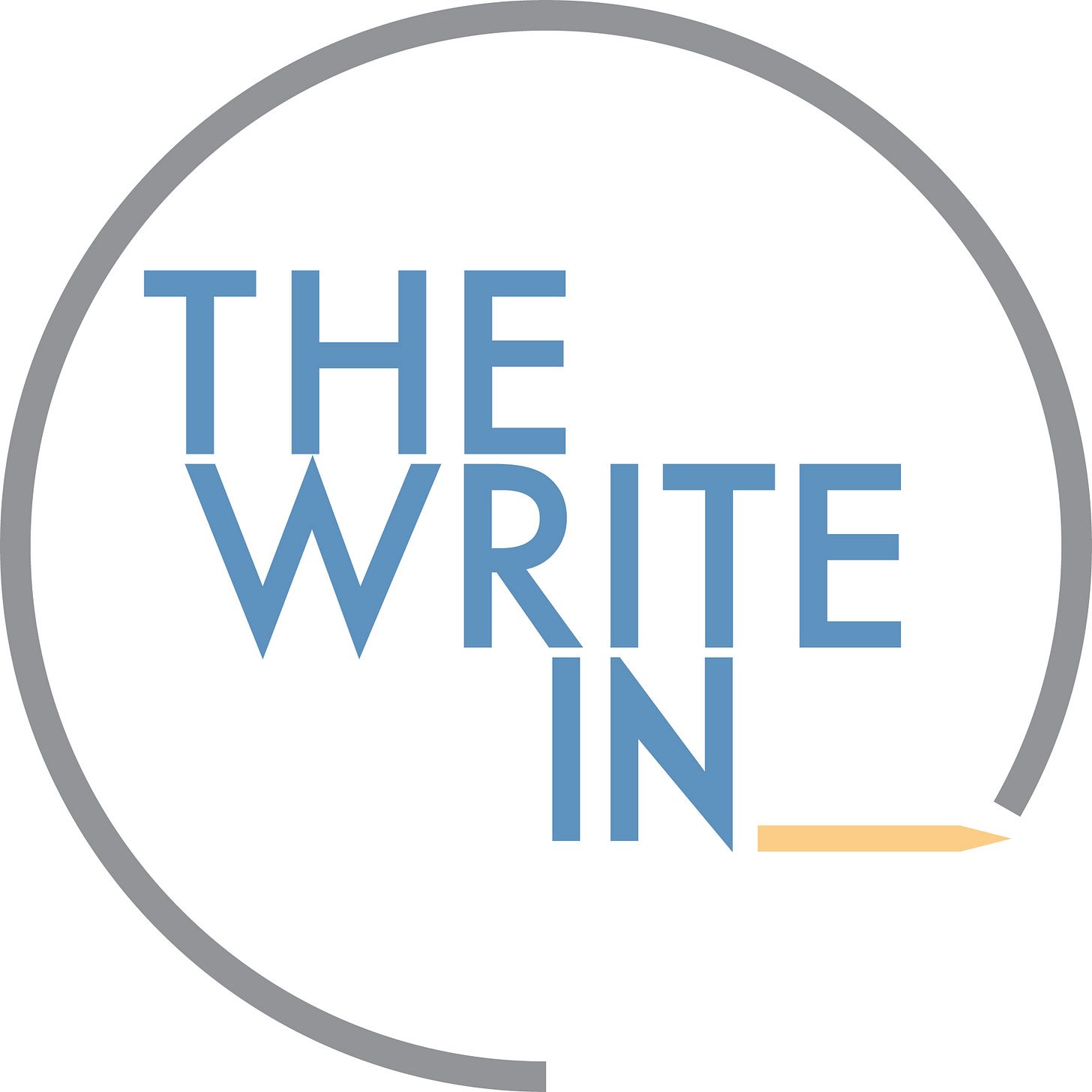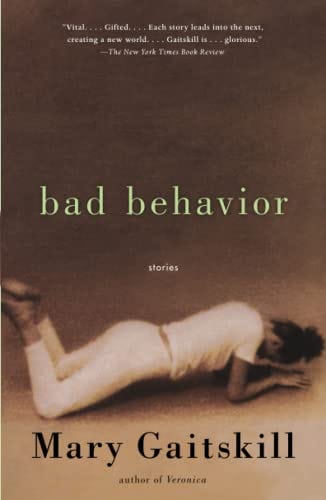Ephemera Newsletter Iss Oct.2
(Creativity and Motivation Weekly)
Welcome to the Ephemera Newsletter, przyjaciel! (Polish for “friends”).
Dear Readers,
We apologize for the delay in delivery. We’ve had some technical issues of late. Thank you for your patience and continued interest. The world is Autumning!
If you haven’t yet, please take this moment to consider becoming a paid subscriber to help us continue to deliver our eclectic content as well as improve & expand!
Housekeeping: this letter may get cut off by email providers. Please make sure to click through for the full experience.
As a reminder, this week’s letter has a paywall.
As an enticement, remember, yearly subscribers will be able to submit to our Write-In Residency for free 2x per year. We’re reading apps this fall to award 2 applicants.
The yearly comes with very clear added value. The monthly with full access to every issue and archives. Merci. Danke. Kiitos. 고마워 Go-ma-wo. Xiè xiè.
Ephemera
Darkening, our angled globe tilts just so, our orbital path moving into sepulchral light-obliquity (northern hemispherically speaking…ode to those in the other hemi, to those who fly with the migratory birds!), and we take note of the dark side of creativity—maybe to thumb our noses at the brilliancy of the leaves, how much color and promise, great fashion, great celebrations, so much uplifting living being done in October—noir and horror, intensity and heavy atmosphere, and things in between human presentability, the little accessed, the grime and grit of Being, messy beginnings and hairy comeuppances. Fie to shine! We bid you take stock of and consider creatively the full truth of our characters, or our selves, of interaction, of fates and furies, the lilt of depression, the angularity of crime. Too, cultures revel and perform to ward off the shock of the unseemly, the unseen, misfortune, and inevitability: we have Halloween, we have Dia De Los Muertos. So there’s many faces to what we might consider tragedy, to how we might contend with the nuances: we must incorporate into our creative practices, we must not perform too sweetly, must take stock in reality in order that we might more completely grasp ourselves, our space in the world, our space in our writing, thus unto our characters’ spaces within the worlds and words by which they’re brought to life (or death or limbo or ruin). Patterning, theme, sometimes literally lighting, mood—these too oft-gilded writer-words stand out anew with the aid of art and music, particularly this week’s artist, Paul Vogeler, his inky take on tarot, and Trevor Jones, orchestral mood-maker extraordinaire (linking to our ideas on texture and complexity, for sure), delivering somber ambiance to the film Dark City. Books too! Think Mary Gaitskill. Of course 3 zines, awards, and jobs. Write and craft when in dark moods. Take stock of the bad days. Incorporate fiction, poetry, and NF that delves into trauma, crime, the thoughts and experiences resulting from. Characters too squeaky clean risk slipping beyond our empathy.
Be not afraid of the sludge, the dank confines of anti-social being. We are not the things we’re capable of thinking, the terrible things we read, though we ought embody those spaces on behalf of characters who must find or be at conflict in some way. Plum the crime dramas (true and made up). Pick apart the news. Read deeply into psychology. History has plenty wretchedness! Film provides great understanding of tonality, of visual representation. Borrow and finesse. Poets too! Not all poetry is confessional, employs the self as avatar—but why not bolster ourselves in this way, too, for the fruit of despair. Don knee-high rubber boots and wade into caliginous waters…or, as some artists do, dive, swim, but be sure to have a means of escape. We advocate knowing and testing and leave it up to the artist as to how far, how long, by what means and to what degree that dark space ought be experienced. All the same gilded skills apply to dark genres, to tragedy. The genre is long and storied: The Divine Comedy, The Gothic Novels, the Bible—stories that are the spine of religion contain the psychologically dark. Be brave! Be steeled! Our readers depend on us, as we on you, as our letter on your experimental and learning spirits. We’re in the dark together, and hopefully, in the light, we can converse on what we find, share in solidarity. Be open. Be forgiving. Be wise. The noiring of thought can unearth gems.
We’ll brave by with your subscription or appreciation!
Wdzięczność! (Gratitude)
~We’re so happy you’re here!~
Update: The Write-In Residency
We’ve selected one recipient to receive the first of two residency spots! Congrats to Shannan Mann (find her at IG) for wooing us with your writing. We hope Shannan will put the stipend to good use and we look forward to our next round of reading (Nov 1 Deadline).
$300 to upgrade your writing practice.
1 book from 10 indie publishers.
Notebook
1 more recipient chosen.
Apply directly via Submittable or become a paid yearly subscriber to Ephemera and then apply for free.
Featured Music: Trevor Jones
Trevor Jones studied music and film in the UK, prior to briefly linking up with Jim Henson for two fantasy films and then finding his way into sci-fi, thriller, horror and even adventure and rom com (notably, one of the all stars of the latter, Notting Hill).
For our purposes, we’re interested in the sci-fi / noir film Dark City, for the film’s super noir-chic patina and, too, it’s horror elements, both of which link nicely with this week’s artist, Paul Vogeler. Jones combined his fantasy, sci-fi, and horror (Arachnophobia, 1990) composition experience, drawing in his operatic panache and a newfound interest in electronica, a fusion of the two that is very popular these days; for Dark City, Jones used 112 orchestral pieces and vocalists to create the somber mood that brings to life the twisted nature of the the movie’s world and, in this case, deeper conscience (it’s an interesting flick, particularly for the those who like the detective story, noir, a good sci-fi with-a-twist script).
“It was a very photographic movie, and this helps us musicians to get a temperature of the film and use music accordingly, like when painters select the colors they want to mix for each part of the painting, in order to create a specific effect…. In Dark City I felt like entering a dark environment... I was out of this world. This kind of ecstasy is part of this job.” —Trevor Jones
The whole soundtrack might help situate your brainspace for writing relevant themes vis-a-vis the persistent wobbling synth and low-but-pacing bass that lands like a worried heartbeat. In this clip, the music corresponds to a suicide which is pertinent to the detective story. Low notes from eerie-sounding string instruments, but, too, woodwinds, are played against sharp, slicing high pitches, and pacing everything are bass lines handled by those eponymous instruments, yet the counterintuitive addition of unexpected instruments—including vocals—contribute as well. We get unease when unexpected things happen. We get tension. In other parts of the film, the celerity with which a scene is delivered can help direct a viewer (a reader). Think about narrative loudness. Think about patterning. If you can, watch the flick for visual motifs—something to love about noir—how those inform our experience, how we might bring a correlating phenomenon to bare in our writing. We move by a balance of lows and highs.
Watch the film.
“My practice is the constant materialization of reflecting upon the human experience and mortality…where it be the human body, bones and artifacts, landscapes and waterfowl, sexuality and Tarot, or meditations on isolation and death. I seek to express the trauma of our human actuality…”
—Paul Vogeler, painter, from Hauser & Wirth.
Writers Submit: Three Magazines
Looking for short story & poetry submissions w/ elements of anarchism, trans-humanism, dystopia, &/or science fiction. The new magazine is reading for its fourth edition & offers a small payment for published work. Deadline November 1.
Cutthroat Magazine is looking for poems and short stories on the subjects of Nature and Human Nature. The magazine has published many well-known and new writers, and also hosts a number of contests every year. Deadline November 2.
Superpresent, as the magazine defines it, is too mean many things at once. Food, food, food, is the theme of their current call in poetry, short story, & essay. Doing cool things since 2020. Deadline November 11.
Weekly Artist: Paul Vogeler
Paul Vogeler works in dark, mysterious, and sometimes overtly erotic themes; we’re highlighting the darker side of art while the calendar ticks toward el Dia Del Los Muertos (and Halloween!). Recently gaining exhibitions in NYC and Berlin and mainly known for his monochromatic paintings, Vogeler has also created an entire set of hand-printed tarot decks made from evocative woodcuts. The project took over a year to create from start to finish and the cards are available as a set printed from the carvings, which we like from the utilitarian perspective. There’s a somber connection in Vogeler’s work with mortality, with decay, as evidenced in the Tarot Deck, but also in other work, charcoals of birds, portraits, even nudes (some NSFW). With this art, we’re first reminded of noir, the techniques of the genre of viewing light in terms of shadow and of viewing the down and out and underside of the culture and people; yet we quickly move into darker themes, away from, in reality, a more friendly noir to the gothic, to horror. Not all literature, be it poetry or prose, contends with the bright and gallant. Dirt & mulch, innate drive and impulse, even the antisocial interacts with our lives, and therefore our themes and characters, notes and tempo. Tarot plays with the balance of life and death, fulfillment and calamity, toys in opposites; and any time we deal with the wheels of fate, we’re playing with the ugly, while we might not explicitly admit that. Gloss and grime, for Vogeler, for realists, are in all things; highlight as you will.
Check out the Tarot Deck here: Stars Over Me
Prizes/Awards/Stipends Fall ‘22
(2 Prizes with publication for full length & short work, & a free socially focused press)
Vern Rutsala Book Contest Cloudbank awards $1,000 & publication of a manuscript of flash fiction or poetry, genre agnostic. Cloudbank is also a magazine w/ regular publication. $1k award + pub. $25 fee. Deadline October 31.
Light Prizes Awards 3 prizes, $500/$375/$125 & publication in (P/F/NF/Art) for work answering this question: “How might we view healing in mental health through art, letters, stories, and poetry following the pandemic?” $500 + pub. No fee. Deadline Nov. 2.
Actual Left looks for novels, novellas, memoirs and biographies, that deal with social justice issues. Though it’s not an award, we wanted to highlight this publisher that does not charge a reading fee. No Fee. No Deadline
The Write-In Residency announces Shannan Mann as the first recipient!
Bookstore: Guides, Gifts & Classics
Please consider supporting our letter and literature by buying books. It helps us and others! Bookstore via Bookshop.
Writer of many things dark and subliminal, Mary Gaitskill:
Last Week’s Book: Elizabeth Strout’s, “Lucy By The Sea.”
»»»Remember last week’s letter has urgent deadlines!«««
**Bonus Section**
Select Job Postings
Keep reading with a 7-day free trial
Subscribe to Ephemera to keep reading this post and get 7 days of free access to the full post archives.






